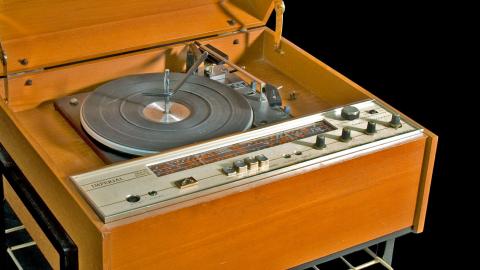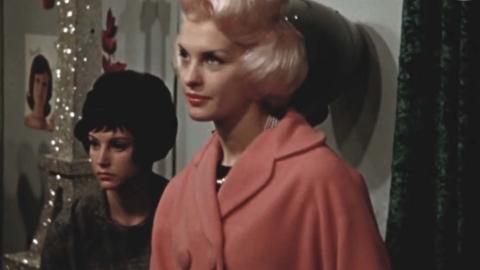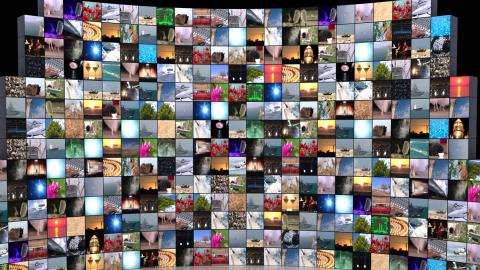

Keep your analogue copies
I’ve been attending SMPTE conferences for 30 years this year, and giving papers for just as long. My first one was in Los Angeles where, as a young upstart, I spoke about the computer we had just installed in the film laboratory I worked for. We used it for managing the quality control system in the lab — the chemical analysis and the colour measurements — and we stored the data (and the program itself) on audio cassette tapes (remember those?).
Images and computers had little to do with each other in 1981, although I was lucky enough to visit Walt Disney Studios where they were making the first version of Tron, one of the first films to attempt computer animation. While my computer -– a Tandy TRS-80 — boasted 16 kilobytes of RAM, the supercomputer at Disney had access to 2 Mbytes, which is about what we can expect in a mobile phone within the next year or two. I guess we were seeing the first glimmerings of the digital era.
Thirty years on, computers and digital data have all but swallowed up that photochemical film world. At this year’s SMPTE Australia conference (Darling Harbour, July 18-22) my paper was about the problems of a rapidly disappearing film technology. Over the century or more of film production, archives like NFSA have learnt a lot about how to preserve films for the future. Unfortunately, the film industry is, at long last, going digital, and many cinemas can no longer run film. Film stock manufacture and processing facilities can’t be too far behind, so the future usefulness of the film we preserve so carefully is becoming a little problematical. Perhaps we should digitise it all, but there is, as yet, no certainty about how long we can expect to keep digital data.
It was back in 1956 that Hollywood’s Variety newspaper greeted Ampex’s first video tape recorder with the headline ‘Film is Dead’. In 2011, film isn’t dead yet, but may be moving into a retirement home. Meanwhile, video is all but lost in a cluttered graveyard of formats. At last month’s conference, another presenter showed off his collection of old video equipment, especially obsolete storage media (one-inch reel-to-reel videotape, Betamax tape cassettes, laser disks etc), most of which flourished just for a decade or two before being replaced.
As for digital technology, it is certainly burning bright right now: but perhaps we should keep in mind my current favourite tagline:
‘Keep your analogue copies – they may be all that’s left after the digital era is over.’
The National Film and Sound Archive of Australia acknowledges Australia’s Aboriginal and Torres Strait Islander peoples as the Traditional Custodians of the land on which we work and live and gives respect to their Elders both past and present.


